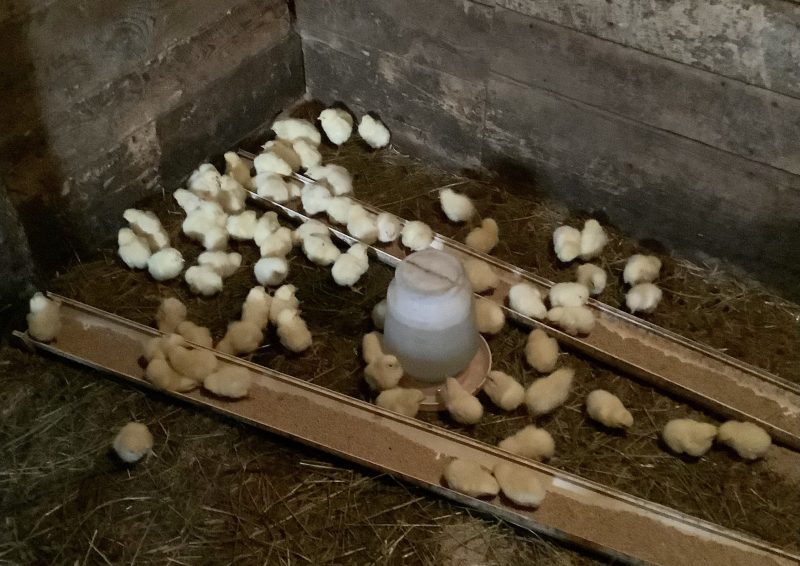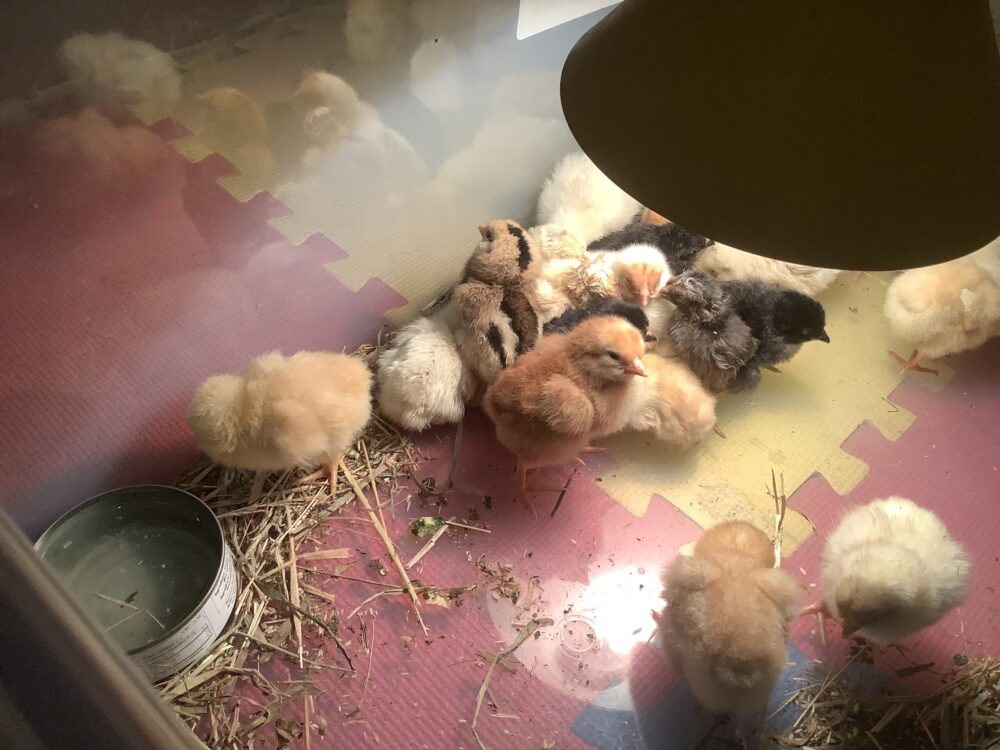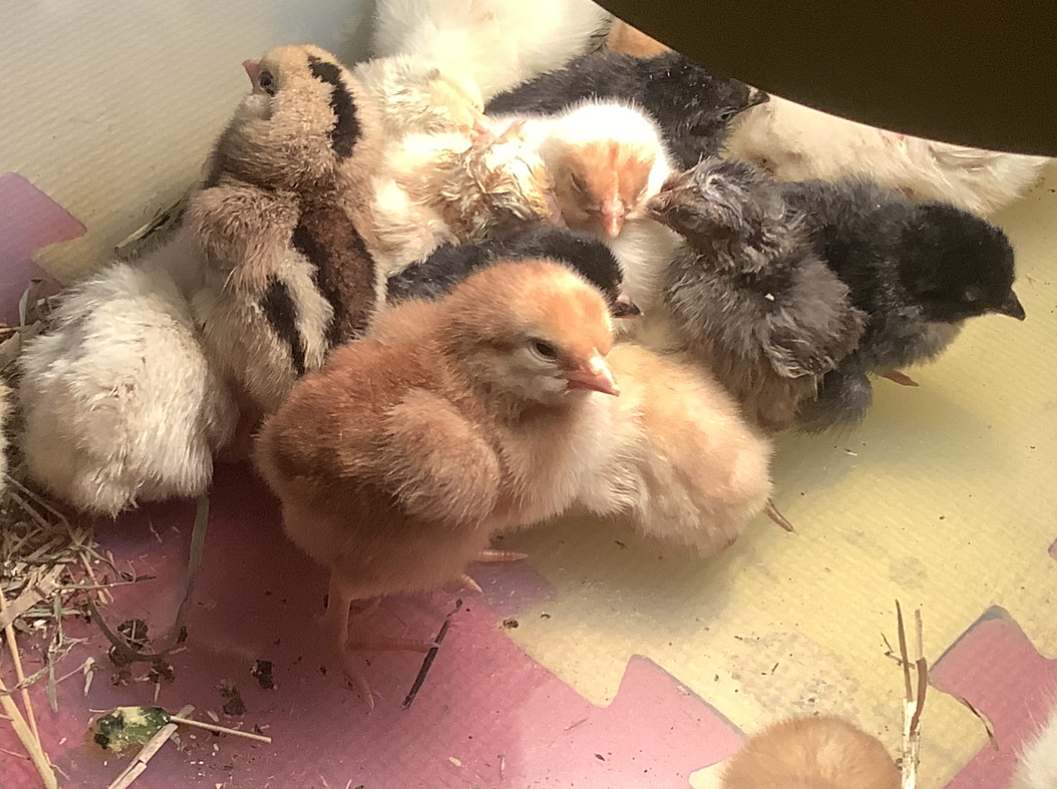
Chicken Nuggets arrived at Briden Farm
I could spend all day listening to these little ones. Beautiful and very meditative. They grow very fast at this stage, doubling their size every week for their first few…
Bear River, Nova Scotia


I could spend all day listening to these little ones. Beautiful and very meditative. They grow very fast at this stage, doubling their size every week for their first few…

These chicks are from 3-6 days old, and have been in the Brooder Box for about half that time. This video shows how they’re getting along and how we feed,…

This video is incredible as we relax with these cute Chicks! Join us and see what the fun is all about … Join the Noom Vibe Community